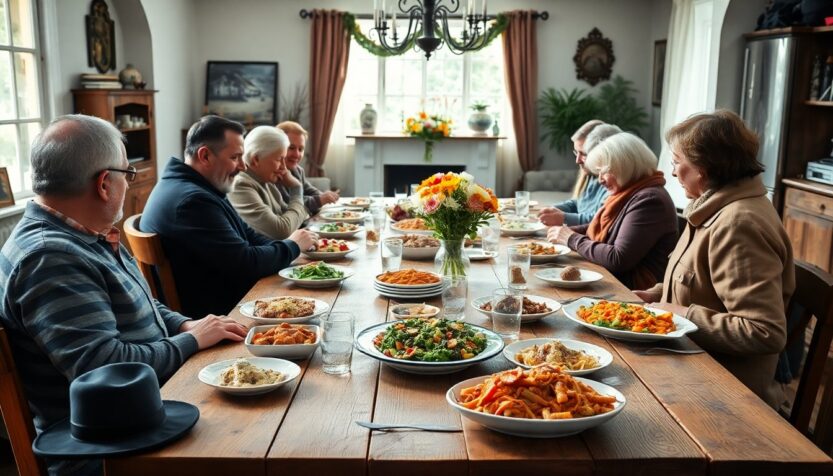Family gatherings have long been a cornerstone of tradition, but as society evolves, so do the ways in which we come together. The experience of family reunions has transformed significantly over the years, particularly as divorce has affected three generations. While no one envisioned such a scenario, families have learned to embrace it with both humor and compassion.
Reflecting on childhood in the 1950s, one recalls a large table filled with relatives and laughter echoing from room to room. Makeshift seating arrangements were common, as chairs were pulled from various parts of the house to accommodate everyone. The host duties often fell to the mother, while the father enjoyed yard work and neighborly chats. The notion of divorce was almost unheard of, and families appeared more stable through a child’s lens.
Shifting family landscapes
At 72, the landscape of family gatherings has evolved dramatically. The act of gathering has become a logistical puzzle, navigating multiple households and their varying holiday plans. Each year, as festivities approach, plans must be pieced together to ensure everyone is included. Questions arise about who will host—my ex-husband’s partner or my former daughter-in-law. The complexities of family communication, from email chains to text threads, have become a delicate dance of ensuring no one feels overlooked.
The art of holiday logistics
There is a rhythm to current holiday celebrations, resembling a well-choreographed dance where each family member has a role. Approaching these gatherings with an open heart and flexible expectations has become essential. Although it may not mirror the idyllic Norman Rockwell imagery of family life, it is authentically ours. Amidst swirling logistics, there is beauty in the shared desire to come together, regardless of the form it takes.
In these moments, the presence of grief lingers. Families mourn not only for the unity that has shifted but also for future moments that will never be. Love manifests differently now, as each branch of the family tree heals in its unique way. As the matriarch, the instinct is to shield everyone—children, grandchildren, former spouses, and new partners—from heartache.
Learning from the younger generation
Grandchildren closely observe family dynamics, attempting to comprehend love and relationships in a world where endings are common. They appear to possess a grace in navigating emotional challenges that adults often struggle with. However, concerns arise—are they showing true resilience or merely reflecting the helplessness that can accompany youth? Their experiences will shape their understanding of family and love.
The power of connection
One undeniable truth is their ability to love freely. They instinctively create space for everyone, not complicating relationships or expectations. Perhaps this is the silver lining of growing up in families like ours: they understand that perfection is not a prerequisite for connection. They recognize that families can stretch and adapt while still holding core values.
What astonishes is not the fractures faced but the strength in rebuilding. Families have expanded into more inclusive units, with gatherings spread across various homes yet still embracing everyone. The joy of laughter, the necessity of forgiveness, and even the occasional awkward moment weave into the fabric of a new reality, reminding us that something meaningful has emerged from experiences of loss.
As preparations begin for multiple gatherings, solace can be found in knowing that family stories continue even when relationships shift. Such changes can lead to something wonderfully new and unexpected. Consider how family celebrations look now. Have intricate logistics been streamlined, or has a simpler approach been embraced? Reflect on the relationships being nurtured and the new dynamics fostered during gatherings with loved ones.

